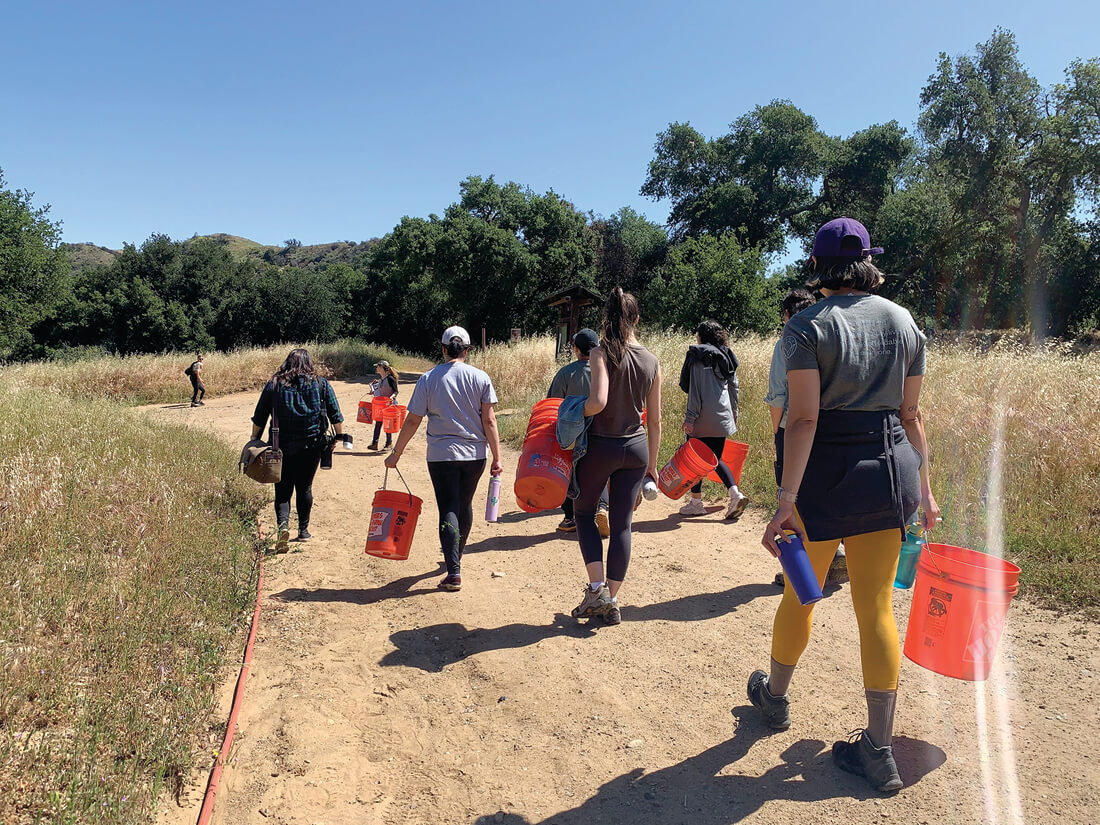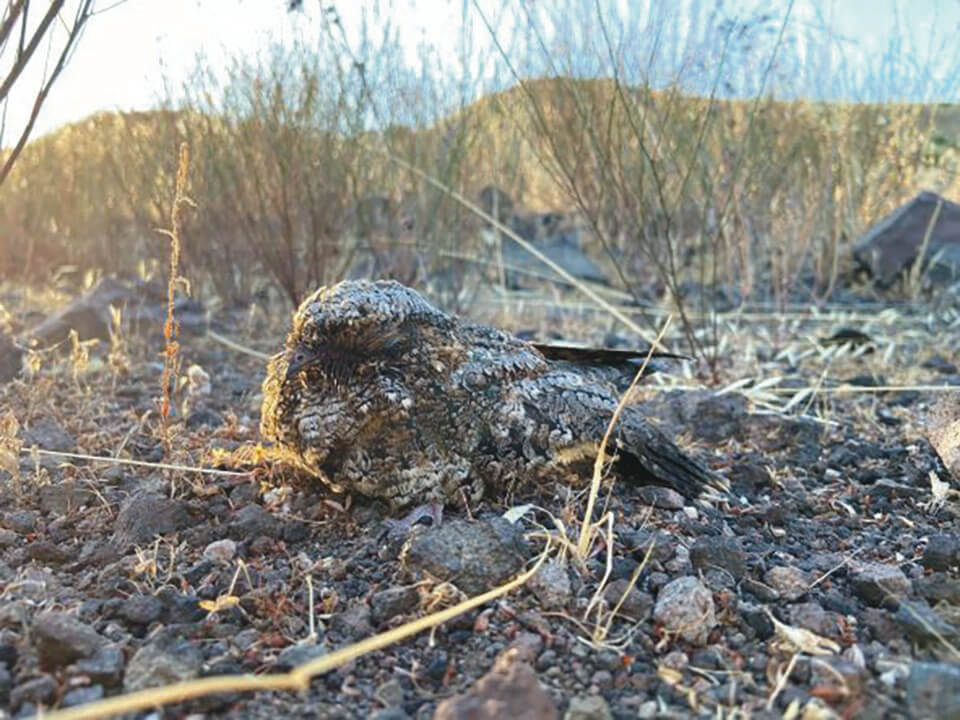October 13, 2023
Converting all schools to 100 percent clean energy would cut as much carbon pollution as retiring eighteen coal-fired power plants.
Children across the country returned to school this year after enduring the hottest summer in recorded history, one punctuated by extreme heat and wildfire smoke that kept millions shuttered indoors for days, even weeks, on end. As parents and communities seek solutions to the mounting climate crisis, they should embrace the important role that K-12 schools can play in the clean energy transition.
Schools are huge energy consumers. The more than 130,000 K-12 schools in the United States sit on two million acres of land and consume about 9 percent of all the energy used by commercial buildings. Transitioning all schools to 100 percent clean energy would cut as much carbon pollution as retiring eighteen coal-fired power plants.
School buildings can also help communities build resilience to climate-driven disasters. Their gyms and cafeterias are increasingly used as emergency shelters. Pairing solar panels with battery storage can ensure that these shelters are able to maintain power and light, as well as heating or cooling, when power grids fail.
As a climate justice advocate and a mom, I’ve worked with students and parents from Seattle to Salt Lake City on campaigns to get school boards to shift to 100 percent clean energy. Many school board members thank us for highlighting all of the ways that their districts can benefit from renewables, including reducing their carbon footprints, saving money on energy bills and preparing for future crises.
Nationally, K-12 schools spend $8 billion a year on energy costs, their second-highest expense after personnel. When school districts invest in clean energy, the money they save can be redirected to students and classrooms. U.S. schools can net $2 billion a year just on energy efficiency measures alone. In addition, these upgrades often result in improved lighting, indoor air quality and comfort in classrooms, which in turn enhance student learning.
Some forward-thinking school districts and independent schools have already made major gains in switching to clean energy. But as a whole, K-12 schools and districts must do more to address the climate crisis. According to a nationally representative survey conducted by EdWeek, only 30 percent of district leaders report having a facilities plan that factors in climate change, and a disappointing four percent have set targets to reduce their district’s carbon footprints.
Schools exist to help prepare young people for their futures. It is indisputable that the climate crisis our children are facing will be even more bleak if the United States fails to meet its target of cutting emissions by more than half of 2005 levels in the next seven years—in parent-speak, by the time today’s kindergartners are in sixth grade. The school sector can play an important role in helping to meet our nation’s climate goals, while simultaneously educating young people about climate solutions.
To be sure, school districts are generally underfunded, and while clean energy saves money in the long run, financing the up-front costs associated with installing solar panels or making buildings more energy efficient can be a barrier.
Fortunately, two federal laws are investing billions of dollars to spur the clean energy transition.
Under the Inflation Reduction Act (IRA), schools can receive direct cash payments to finance up to 60 percent of clean energy infrastructure projects, from solar arrays to geothermal to fossil-fuel-free heating and cooling through heat pumps. The Infrastructure Investment and Jobs Act (IIJA) includes $5 billion to help electrify U.S. school buses, which constitute the nation’s largest mass transit fleet.
The U.S. Department of Education has an essential role to play in ensuring that K-12 schools have the information they need to harness the financial resources newly available to them to transition their buildings and buses to clean energy. The Agency has relationships with school governance bodies throughout the country and should make sure no stone is left unturned.
There may be tough decisions to make in the clean energy transition, but this isn’t one of them.
The Department of Education and school leaders in the K-12 sector can demonstrate to young people that their schools will invest in safeguarding their futures.
This column was produced for Progressive Perspectives, a project of The Progressive magazine, and distributed by Tribune News Service.
Lisa Hoyos is a Public Voices Fellow on the Climate Crisis with the Yale Program on Climate Change Communication and The OpEd Project.
















